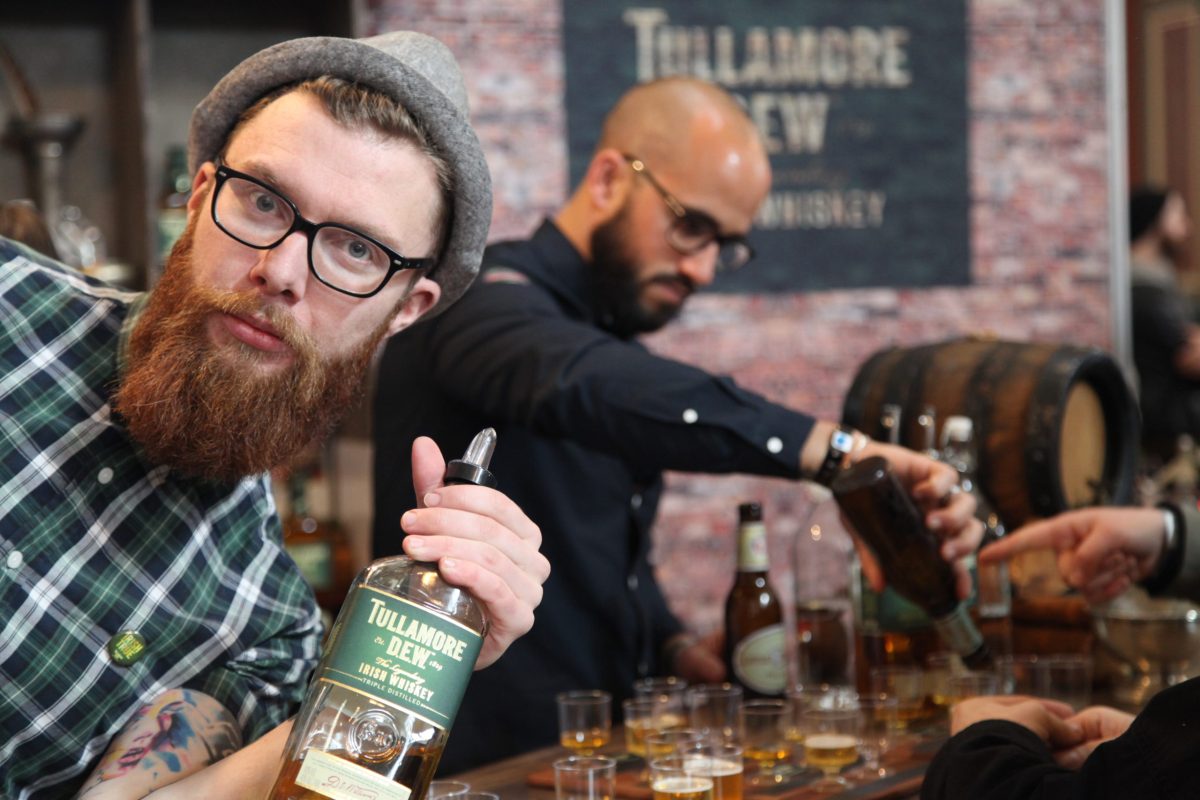There are a lot on misconceptions about blended whiskies out there. We talk to the experts to sort out just what a blended whisky is, and why the single malt snobbery is unwarranted.
There is plenty of miseducation in the consumer and trade spheres about what exactly is the difference between a blended whisky and a single malt whisky. There is also no shortage of snobbery,
though the “single malt” label is no guarantee of quality, in the same way that the “blended” tag is not a marker of certain inferiority.
There are subtle differences between the styles of whisky according to Rachel MacDonald, brand ambassador for Chivas Regal in the UK, including the fact that blended whiskies have a base of grain whisky, which usually makes up the majority of the blend.
“Grain whisky has a different production process and uses slightly different raw materials than malt,” she says. “It can be made from a mixture of malted barley and other grains including wheat,
rye and maize.”
However, though MacDonald also points out that grain whisky has a much lighter flavour, they are blended with malt whiskies to create the final product.
“In terms of flavour, malt whiskies are defined by their region within Scotland and can vary depending on anything from the location of the distillery to the size and shape of its copper pot stills,” she says. “Generally they are more robust and characterful than grain and, as a result, blended whisky.”
As a result of the slightly softer and lighter grain whisky component, blends are more approachable, easier to drink, and easier to mix into cocktails. According to Dan Woolley, national whisky
ambassador for The Exchange, that gives blends a particular place on the back bar.
“Blended whisky is designed specifically to be a more approachable drink, flavour-wise,” he says. “Singles malts are more of an intense, concentrated flavour, generally speaking.”
Single malts are also covered by some legal constraints, as Luke Hanzlicek, ambassador for The Blend, points out. “By law, a single malt must be made in one distillery, made from malted barley and must be pot distilled,” he says. “A blended whisky is a marriage of single malts from different distilleries with the addition of a grain whisky, which has been column distilled.”
SELLING THE STORY
According to Woolley, the story behind the rise of blended whisky is a fantastic one that can be easily used across the bar when chatting to customers about their whisky options.
“It’s complete with Whisky Lords, the failure of wine crops throughout Europe – due to a little bug – which led to the decline of brandy, and the ever-evolving art of the blend, a truly incredible skill in itself,” he says.
MacDonald believes that most consumers are unaware that a single person can be in charge, and as such recommends opening that discussion with interested punters.
“People find it astonishing that one master blender can be the guardian of the whole brand and be working with so many different whiskies to create the same result batch after batch, year after year,” she says.
Luke Hanzlicek concurs that the skill of the blenders is always a great tale, adding that product knowledge is an indispensable part of assisting your customers.
“I think it’s all in the education of the different types of whiskies that you have available in your bar,” he says. “Knowing the flavour profile, finish, mouthfeel and palate weight of the whiskies on
the back bar will put you in a good place to recommend alternative blended whiskies to those guests ordering specific single malts.”
WHAT’S IN A NAME?
Blended Whisky: A mixture of two or more whiskies, from different distilleries, that are bottled and sold as one whisky. Usually contains a mix of barrel-aged malt and grain whiskies.
Single Malt: Not the product of a single batch or barrel of whisky, though this is a common misconception. Single malts are in fact a blend of whiskies from a single distillery.
Single Barrel: The product of a single barrel of whisky, unmixed with whisky from other sources, making it a completely unique product. More common in American whiskies.
Look out for part 2 next week…

